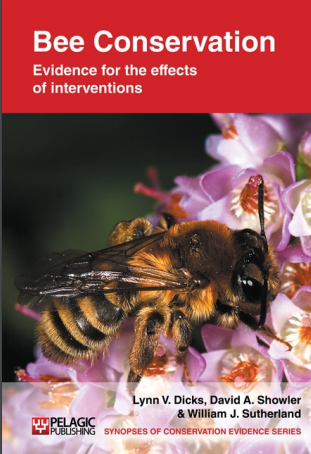Translocate solitary bees
-
Overall effectiveness category Awaiting assessment
-
Number of studies: 1
View assessment score
Hide assessment score
How is the evidence assessed?
-
Effectiveness
not assessed -
Certainty
not assessed -
Harms
not assessed
Study locations
Supporting evidence from individual studies
A study of the subtropical carpenter bee Xylocopa fenestrata on agricultural land in Haryana, India, found that populations could be translocated to a site 3 km away, if this was done with immature stages sealed within hollow stems (Sihag 1993). Of 90 translocated adult bees, only three remained at the new site. Around 40% of bees translocated as young (90 stems moved with young bees inside) stayed after emergence at the new site; 63-70% of these translocated females stayed and began provisioning nests, whereas most males left the site after territorial fights.
Study and other actions tested
Where has this evidence come from?
List of journals searched by synopsis
All the journals searched for all synopses
This Action forms part of the Action Synopsis:
Bee Conservation
Bee Conservation - Published 2010
Bee Synopsis





)_2023.JPG)














